Introduction
In times of crisis—whether caused by conflict, natural disasters, pandemics, or mass displacement—the mental health needs of affected communities often remain overlooked. While humanitarian responses focus on immediate needs like food, shelter, and medical care, psychological well-being is equally critical for survival and recovery. Displaced populations, refugees, and people living in conflict zones face extraordinary levels of stress, trauma, and uncertainty. Mental Health and Psychosocial Support (MHPSS) services are essential to restore dignity, foster resilience, and promote healing.
Globally, the number of people forced to flee their homes is at record highs. The UNHCR reports that more than 117 million people will be forcibly displaced by the end of 2025. Many of them experience multiple traumatic events—loss of family, destruction of homes, violence, or persecution—leaving long-lasting emotional scars.
This article explores the urgency of expanding MHPSS services for crisis-affected populations, the challenges of delivering such support, and strategies for integrating psychosocial care into humanitarian responses.
Section 1: Understanding Mental Health in Crisis Situations
1.1 The Psychological Impact of Displacement
Displacement forces individuals to abandon their homes, communities, and livelihoods. This loss is often accompanied by grief, anxiety, and uncertainty. Common mental health issues among displaced populations include:
- Post-Traumatic Stress Disorder (PTSD) from violence, war, or disasters
- Depression due to loss of family members, identity, and stability
- Anxiety disorders linked to uncertainty about the future
- Sleep disorders caused by unsafe environments and ongoing stress
1.2 Vulnerable Groups
While crises affect everyone, certain groups are more vulnerable:
- Children and Adolescents: Exposure to violence can disrupt development.
- Women and Girls: Often face gender-based violence during displacement.
- Elderly: Suffer isolation and neglect in humanitarian settings.
- Persons with Disabilities: Encounter additional barriers to accessing care.

Section 2: Why MHPSS Is Critical in Humanitarian Responses
2.1 Mental Health as a Human Right
The World Health Organization (WHO) affirms that mental health is an integral part of overall well-being. Neglecting mental health in humanitarian responses violates the right to health and well-being for affected individuals.
2.2 Psychosocial Support Builds Resilience
Providing psychosocial care early can reduce long-term mental health consequences. It enables individuals to adapt, rebuild their lives, and support others in their community.
2.3 Reducing Stigma and Barriers
In many cultures, mental illness carries stigma. Humanitarian agencies can normalize mental health discussions through education, community programs, and training local leaders to identify symptoms.
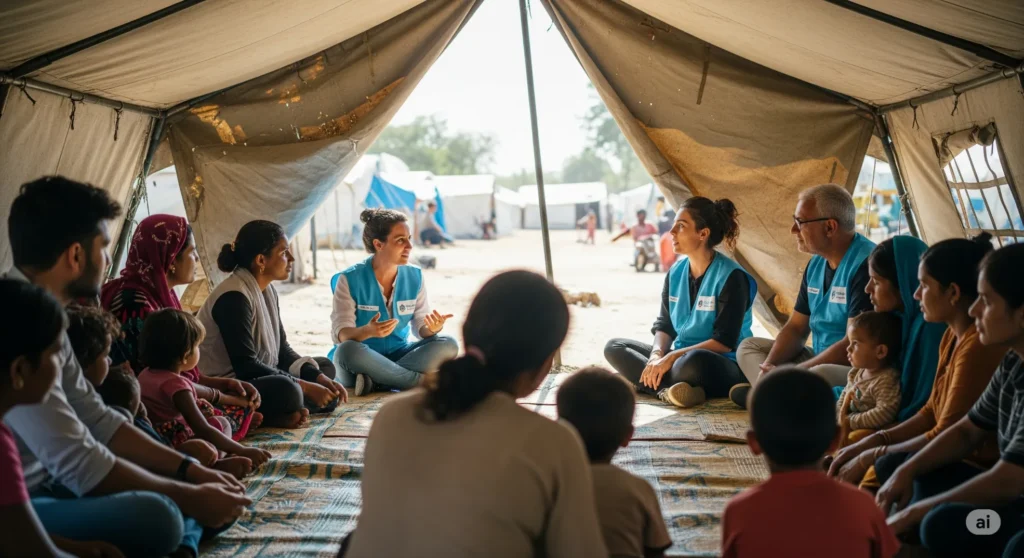
Section 3: Key Components of MHPSS in Crisis Settings
3.1 Psychological First Aid (PFA)
PFA is an evidence-based approach used in the immediate aftermath of crises to provide comfort, assess needs, and connect people with resources.
3.2 Community-Based Support Systems
Strengthening social networks helps displaced people regain a sense of belonging. Peer-support groups and community centers play a vital role.
3.3 Professional Mental Health Services
While community-based approaches are crucial, trained psychologists, counselors, and psychiatrists are needed for severe cases.
3.4 Integrating Services with Basic Aid
Linking MHPSS to food, health, and shelter programs ensures accessibility and removes the stigma of “separate” mental health care.

Section 4: Challenges in Delivering MHPSS During Crises
4.1 Shortage of Trained Personnel
Humanitarian emergencies often occur in regions with already limited mental health professionals.
4.2 Cultural and Language Barriers
Care must be adapted to respect cultural beliefs while addressing harmful stigma.
4.3 Security and Access Issues
Conflict zones can restrict access for humanitarian teams, leaving many without care.
4.4 Funding Constraints
Mental health often receives less than 1% of humanitarian health funding, despite its long-term importance.
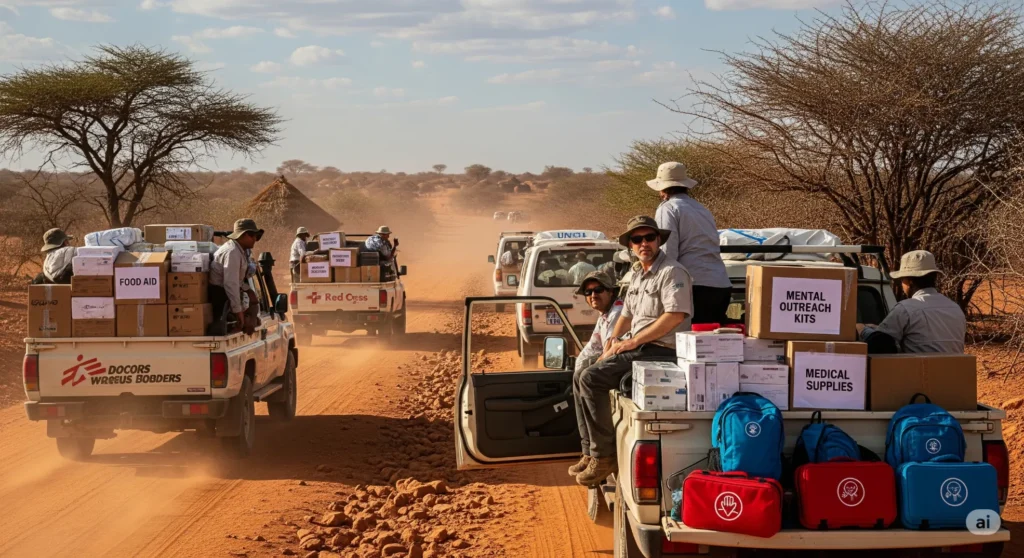
Section 5: Best Practices for Integrating MHPSS into Humanitarian Aid
5.1 Train Local Staff
Empowering local workers ensures cultural sensitivity and sustainability.
5.2 Multi-Sector Collaboration
Partnerships between health, education, and protection sectors improve service reach.
5.3 Use of Technology
Telemedicine and mobile apps can bridge the gap where physical access is difficult.
5.4 Long-Term Planning
Mental health must be seen as a continuous need—not just an emergency measure.
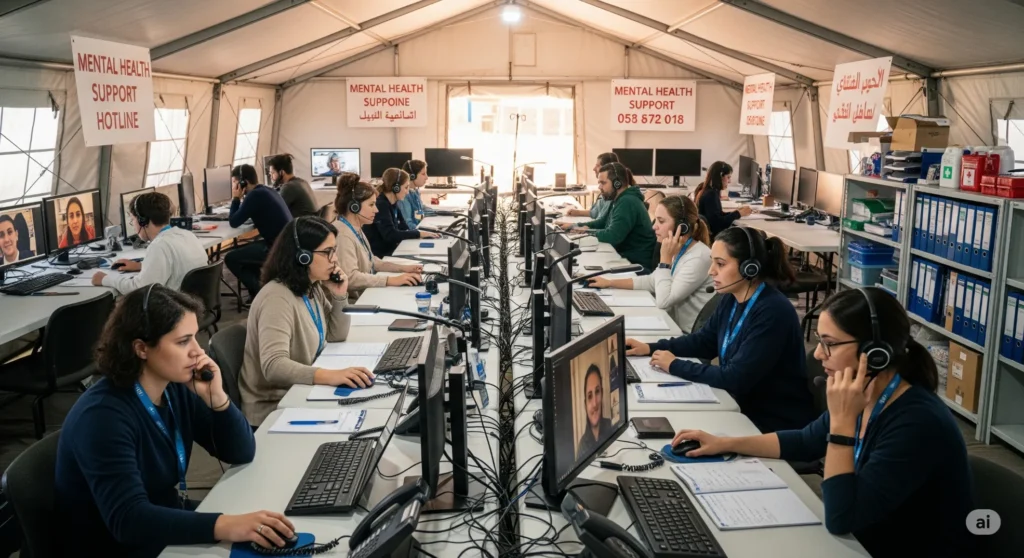
Section 6: Case Studies
6.1 Syria – Community Healing After Conflict
Despite ongoing instability, NGOs have implemented mobile mental health clinics reaching rural villages.
6.2 Rohingya Refugee Crisis – Bangladesh
Community volunteers trained in basic psychosocial skills provide daily emotional support in refugee camps.
6.3 Ukraine – Digital Counseling for War Survivors
Mobile-based mental health services have connected displaced citizens with licensed therapists across Europe.
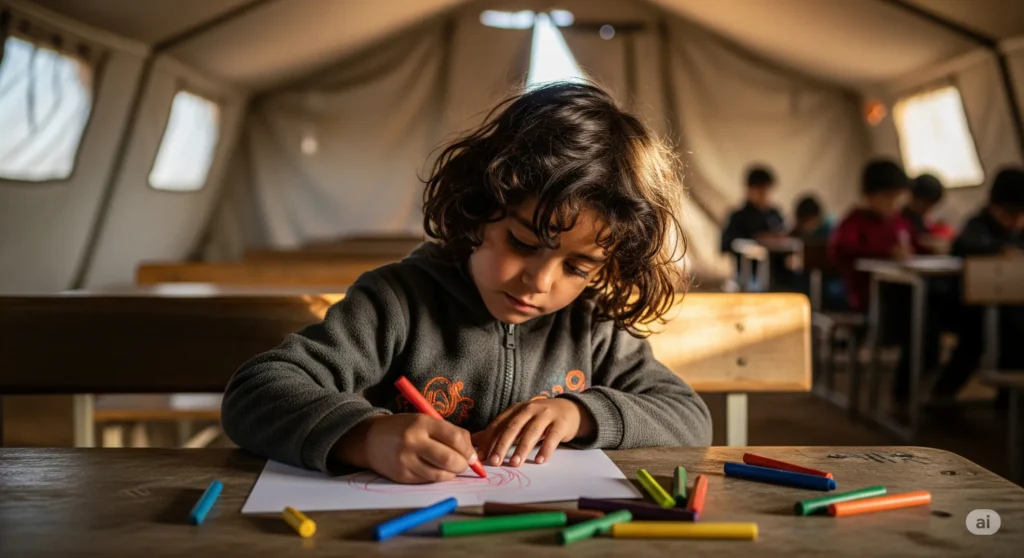
Section 7: Policy Recommendations
- Increase Funding for mental health programs in humanitarian responses.
- Integrate MHPSS into all aid programs from the start of emergencies.
- Train First Responders in psychological first aid.
- Promote Global Coordination between WHO, UNHCR, and NGOs.
- Prioritize Children’s Needs with child-friendly spaces and trauma-informed care.
Conclusion
Mental health is not a luxury—it is a lifeline. For displaced populations and crisis survivors, psychosocial support is as essential as food and shelter. By integrating MHPSS into every humanitarian response, the world can move toward a future where recovery addresses both the visible and invisible wounds of crisis.
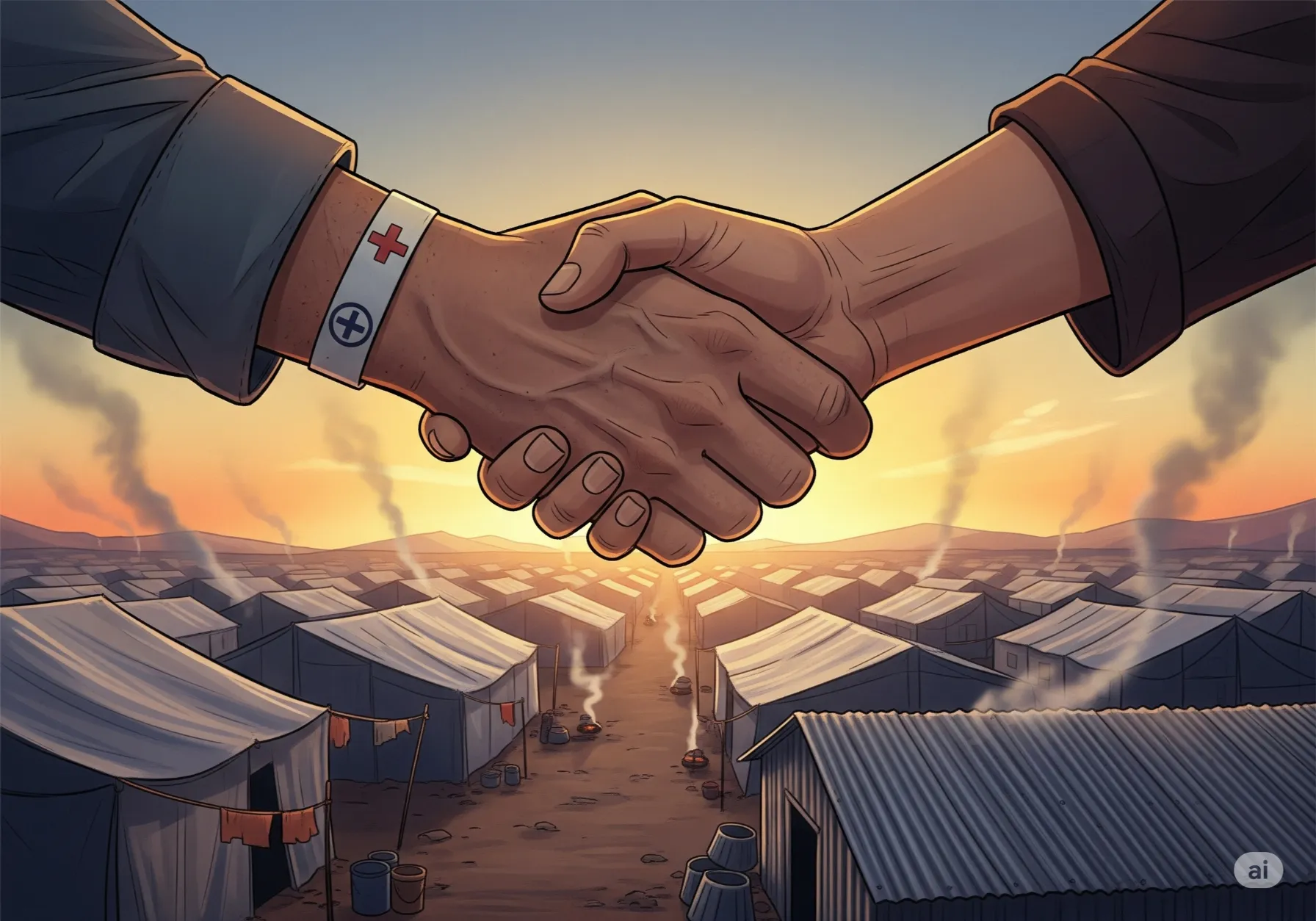




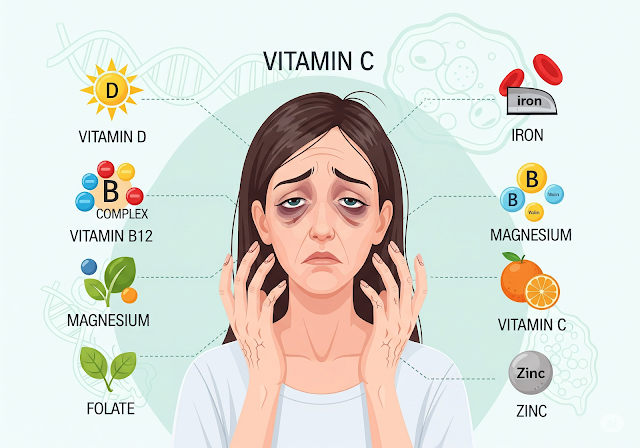




📅 🔔 Alert: 1.5 BTC expiring. Go to account → https://graph.org/CLAIM-YOUR-CRYPTO-07-23?hs=d226221d9fa82e16943d69ed30c5bb0e& 📅
jq4i7t